Family Fun Day Riding a New Way of Sightseeing in Futami,Ise City
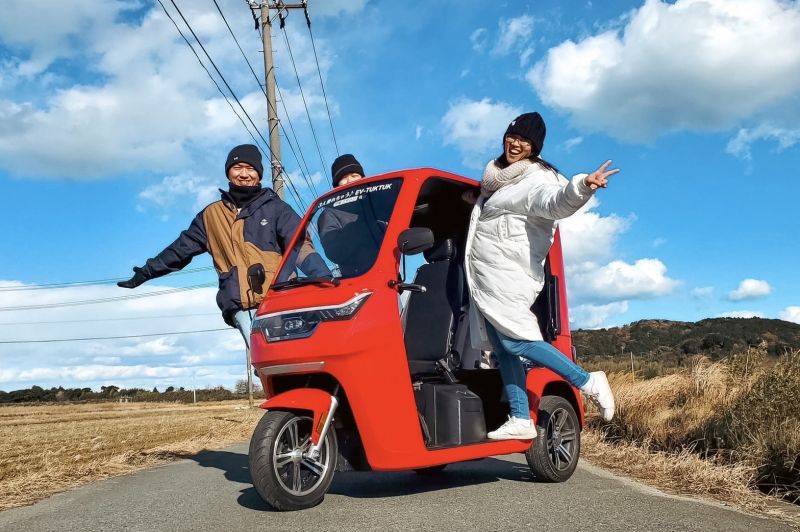
Today we headed to one of my favorite places in Mie Prefecture, Ise City. Why do I like this place so much? It’s simple, Ise City is home to the most important Shinto Shrine in Japan, Ise Jingu. Every time I come to Ise City, I can feel its great energy.
However, we didn’t come to Ise City to pray, we came to experience something new, to go sightseeing riding a three wheeled motor vehicle, better known as a tuk tuk. Once again, when asked if I wanted to do this, I did not consult my husband or my son, I said “yes” right away.
My name is Isis Akemi Muto, from Sao Paulo, Brazil. I’ve been living in Mie Prefecture, Japan, for the past 22 years. Recently, my family and I started doing some day-trips around Mie.
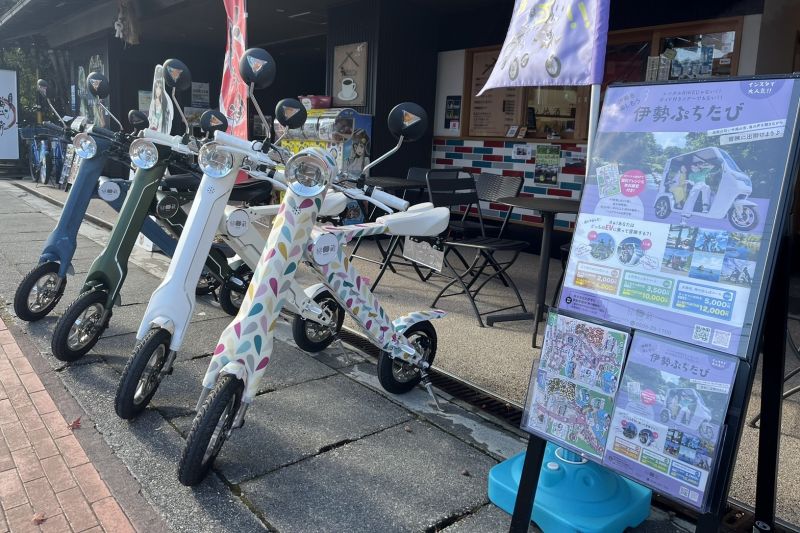
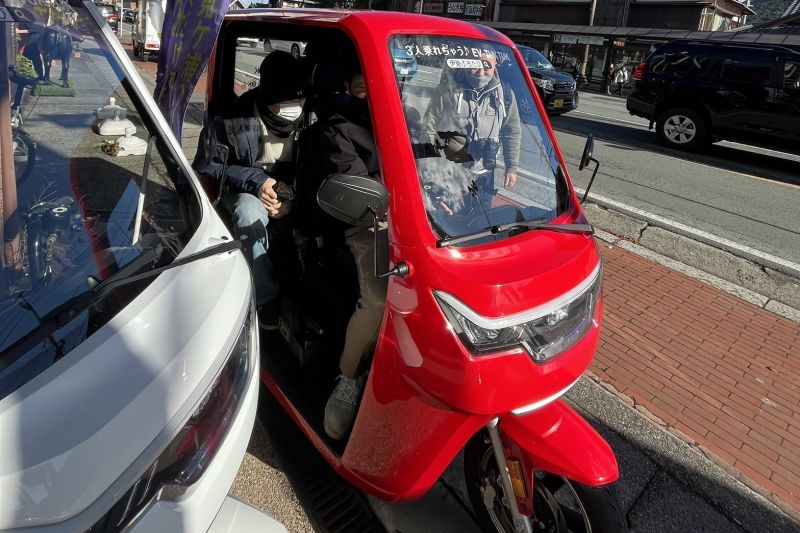
Tuk tuk is a three-wheeled car taxi commonly found in Thailand. I thought that I could not ride a tuk tuk unless I went to Thailand, so I was excited to see how it feels riding one. This tuk tuk is quite modern and accommodates 3 passengers, the driver and 2 people in the back. Moreover, the power is EV! It's a car without windows, so I thought it was very good that there was no exhaust gas. “Tavizo” also rent small motorcycles, it’s called “chitchai bike”, which literally means tiny bike.
To ride this tuk tuk, you need a driver's license that allows you to drive in Japan.
Reference page: https://www.japan.travel/en/plan/getting-around/cars/
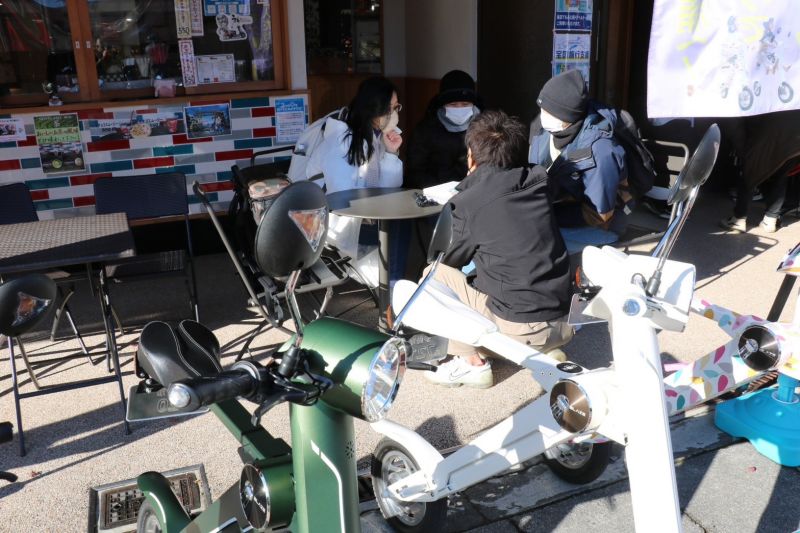
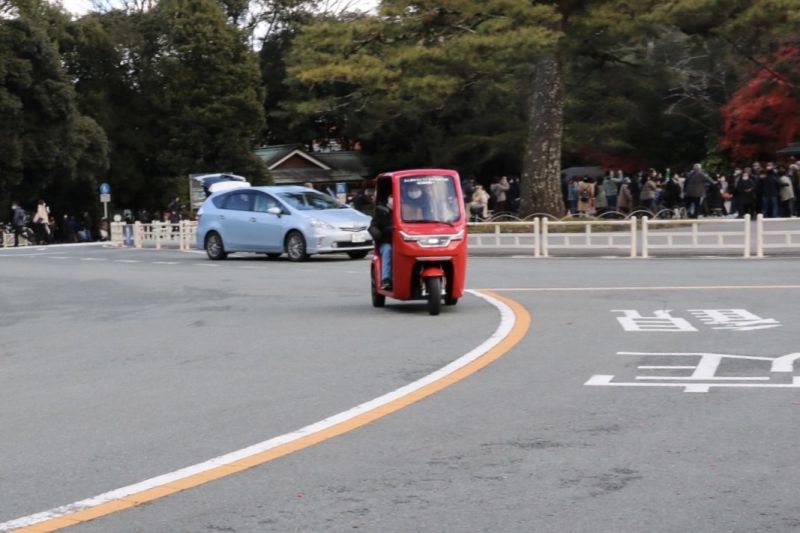
Once the route was chosen, my husband Dani had a quick test-drive.
Dani is an auto enthusiast. He always does all the driving when we go out.
He likes cars and motorcycles, so he already looked like he was having a lot of fun during the test-drive.
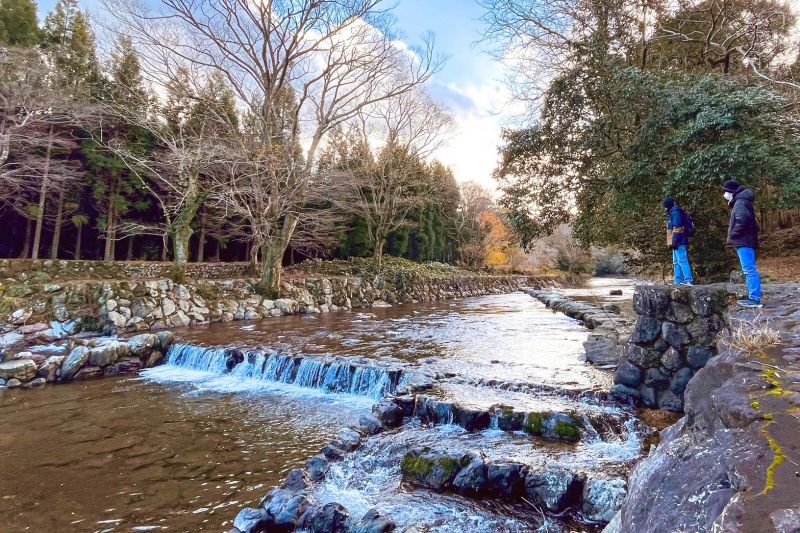
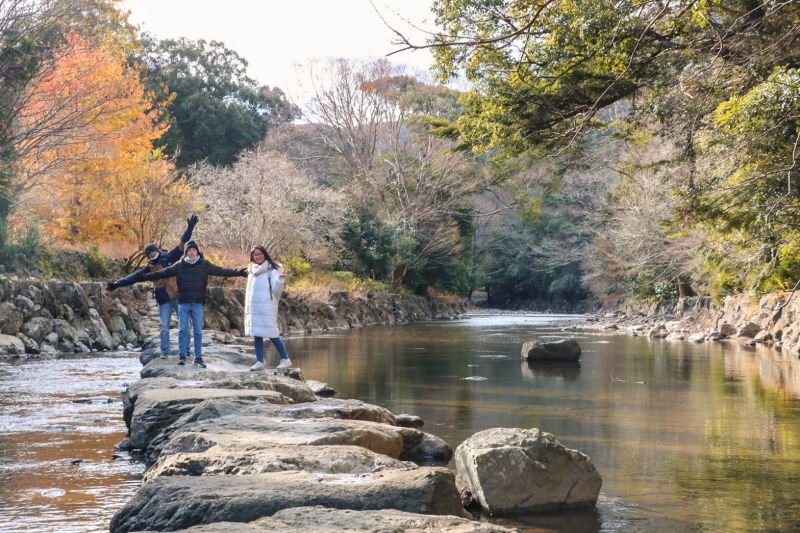
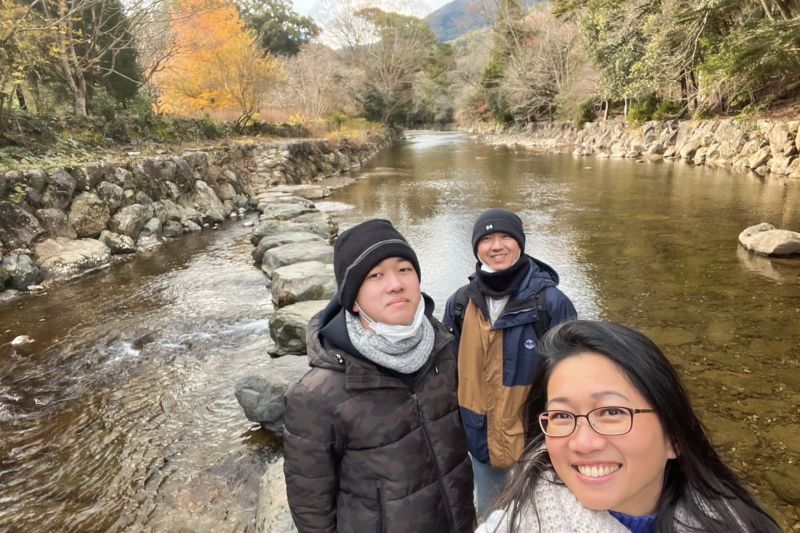
We took a tuk tuk along the road leading from the bus parking lot in front of the Naiku. It's a very narrow road with very little traffic. On the left hand side, I could see the Isuzu River flowing quietly.After driving for about 5 minutes, I arrived at a spot called "Tobiishi" where stones are lined up in the river.
“Tobiishi”, means steppingstones, and this one was a stone path in the middle of Isuzu River surrounded by an incredible nature. It is forbidden to go to the opposite bank, but you can feel the coolness of the water and the quiet flow on the huge stones.
I was so amazed by the beauty of this place that I had to sit and listen to the sound of the crystal-clear water flowing through the sacred river.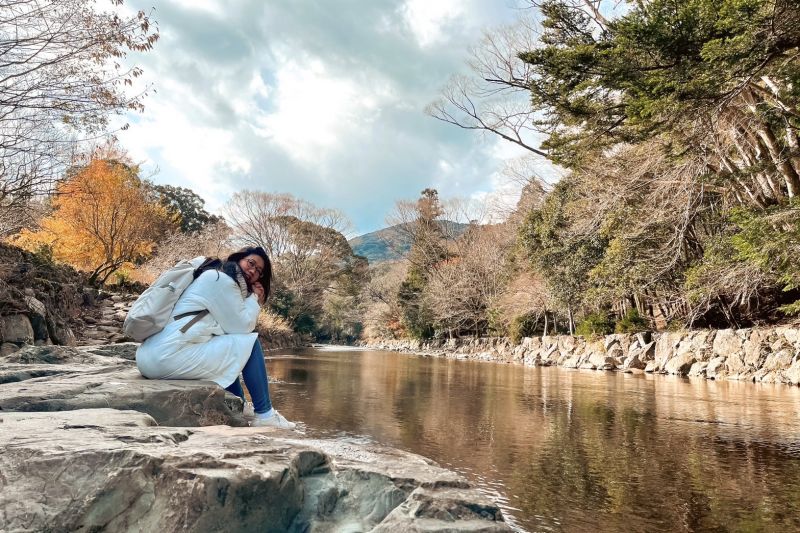
We said goodbye to the “pocho pocho point” and started the real tuk tuk ride!
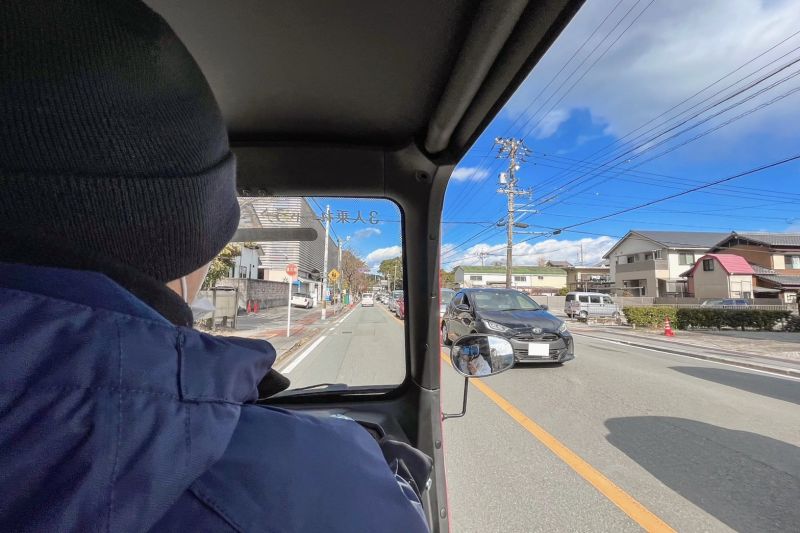
The day we rode the tuk tuk was so cold, but we are the kind of people that try to enjoy the moment no matter what, and we did. The speed of this tuk tuk and the seats were very comfortable.
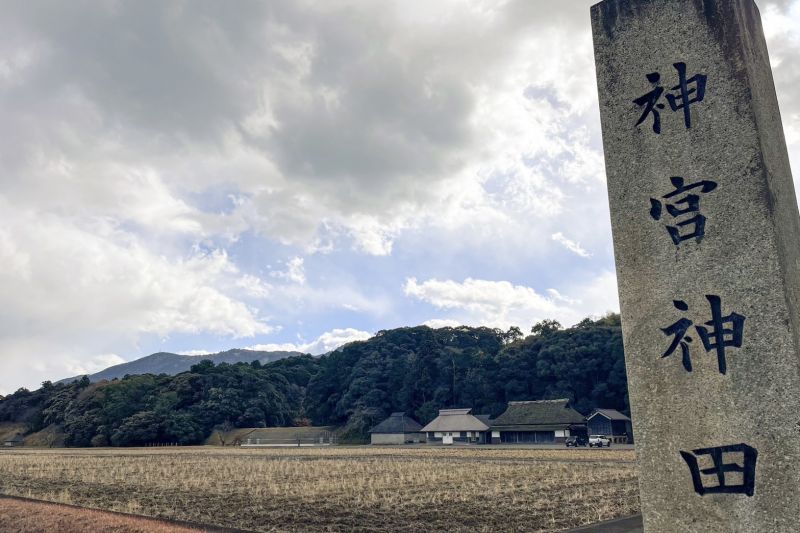
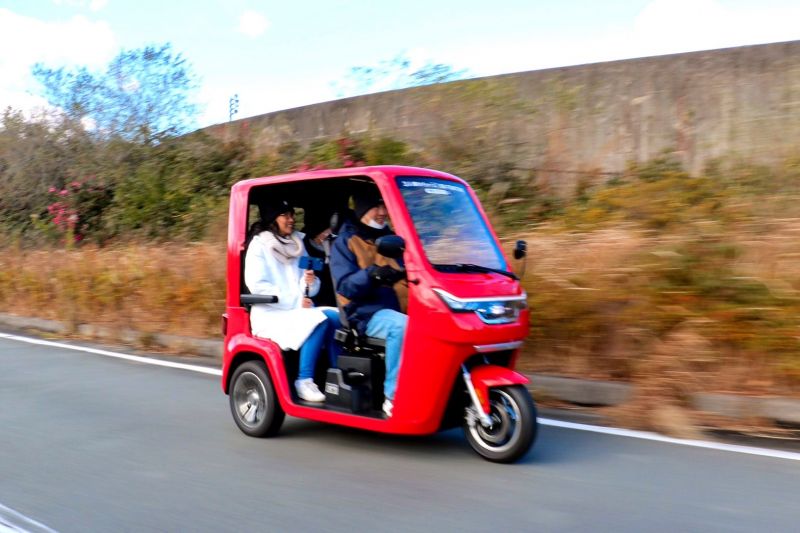
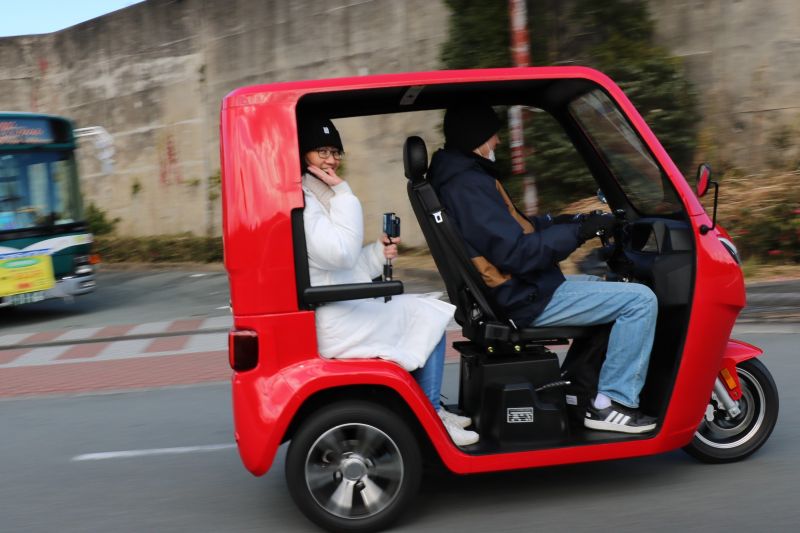
We continued our ride. The great thing about sightseeing in a tuk tuk is that we could appreciate and admire the view better than in a car. And on a motorcycle, I would’ve never been able to hold a camera and take pictures.
We sometimes took the wrong course and even got lost. I thought I would’ve panicked but instead, I laughed. My son was a little worried, but I told him to relax and to just enjoy the moment! One way or another, we would find the right path, and we did. In the end, we all laughed.
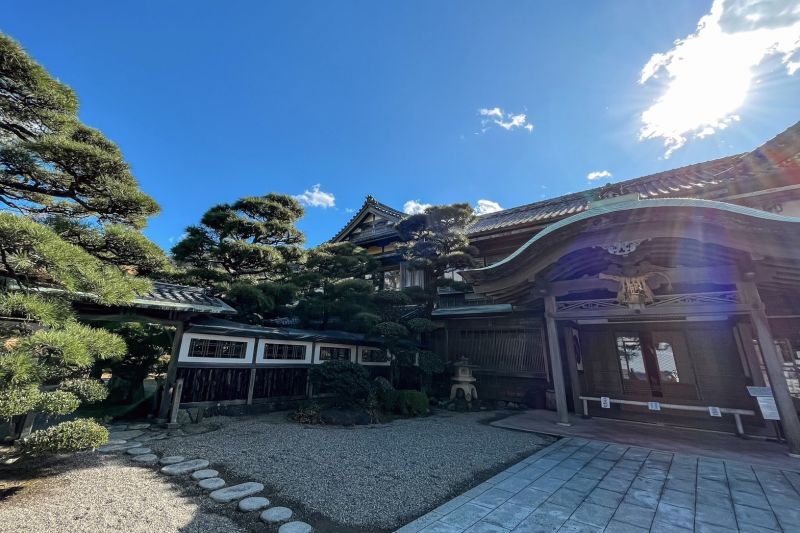
We arrived at Futami town, the main destination, safe and sound. In the past, Futami was a place where people would purify themselves before heading to Ise Jingu. Many stores, restaurants and houses around Futami still keep their magnificent traditional Japanese style on its construction.
This is my 3rd time to come to Futami, but it’s my 1st time to visit Hinjitsukan. Every time I go to a historical place, I’m always impressed by how well preserved some of the places are, and Hinjitsukan was one of them. It was built in 1887 as a guesthouse used by the important visitors to Ise Jingu.
Today, the building is a museum so everyone can visit.
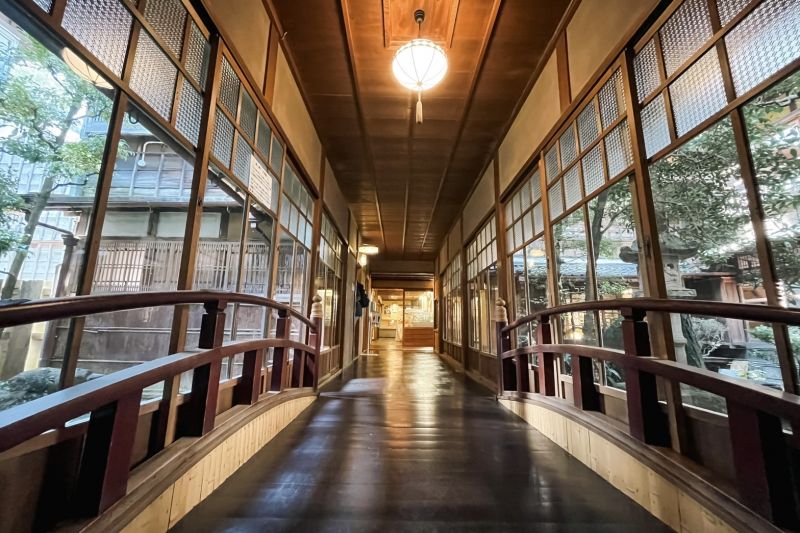
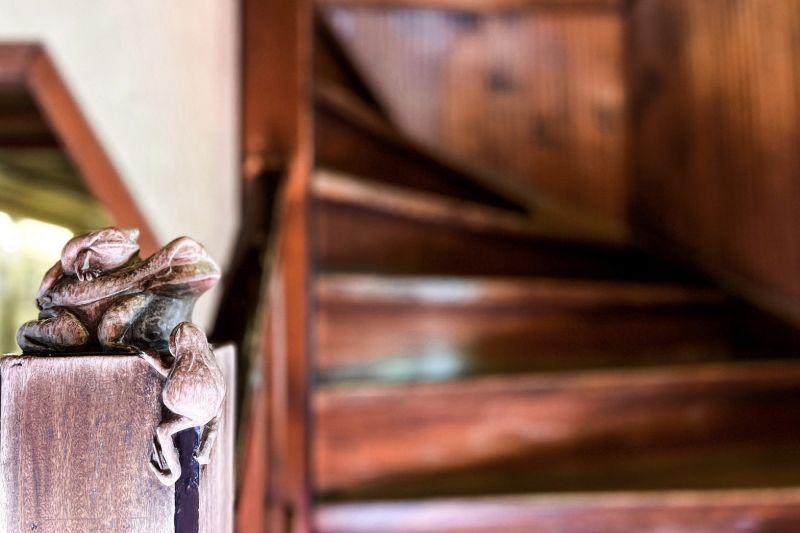
I heard that when it was first built, not as large as it is today, but it was still constructed in just two months. I was surprised and could not believe it.
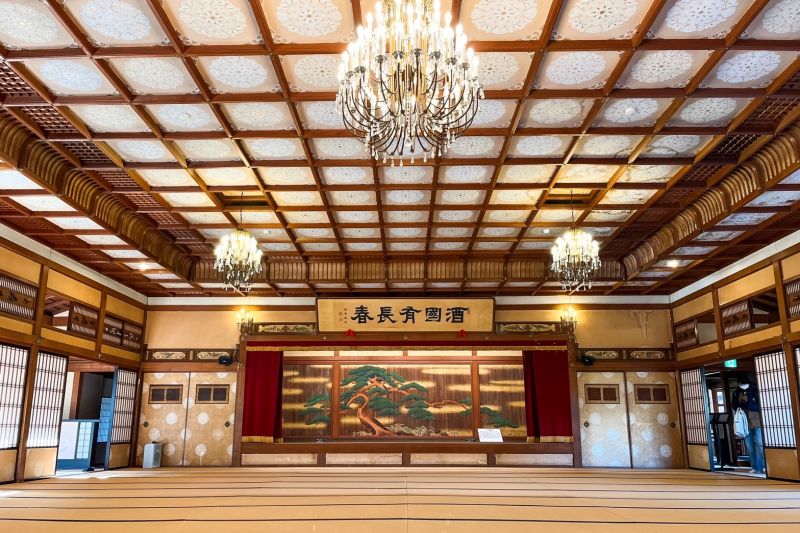
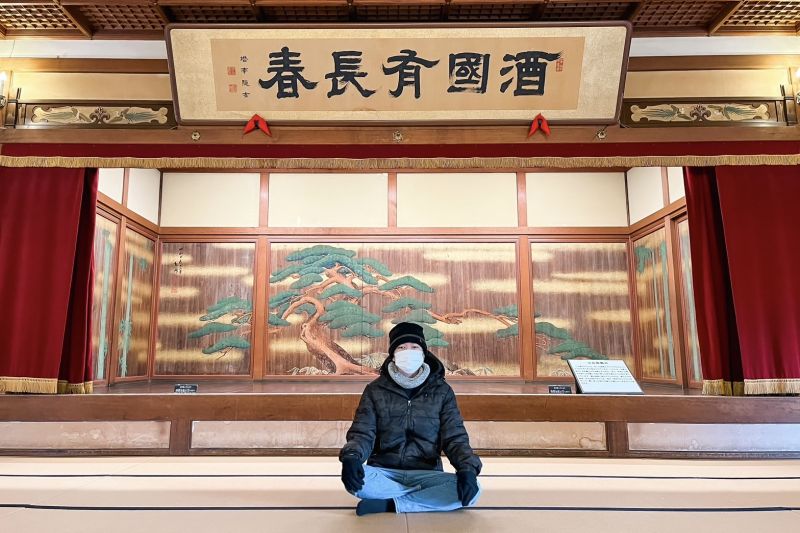
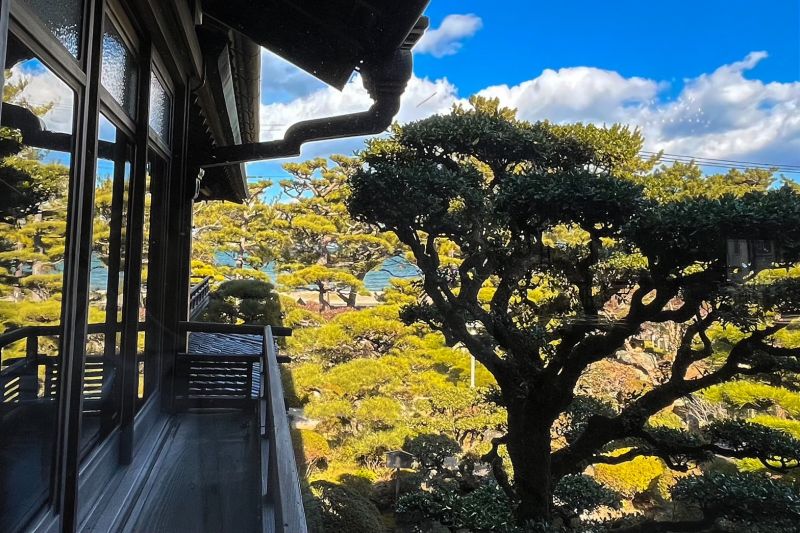
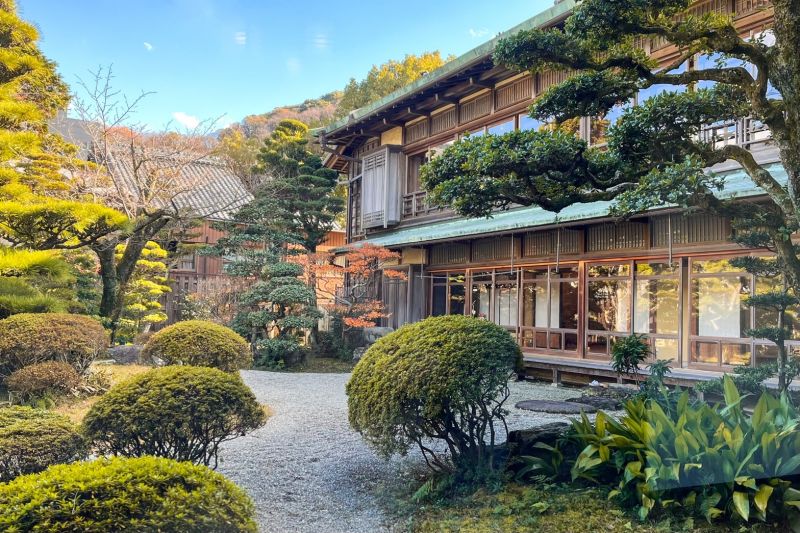
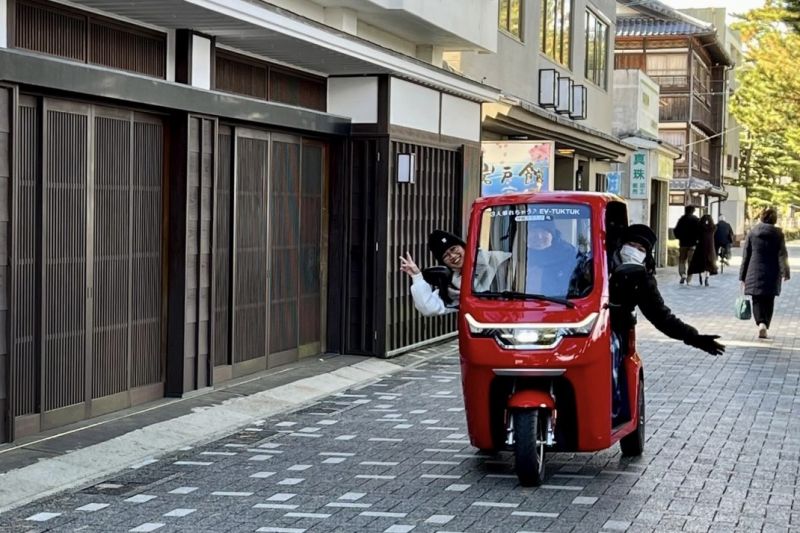
We left the beautiful Hinjitsukan and took a short tuk tuk drive to a shrine nearby. We could’ve walked from Hinjitsukan to the shrine but we wanted to ride the tuk tuk as much as we could.
Hinjitsukan
https://hinjitsukan.com/
TEL:0596-43-2003